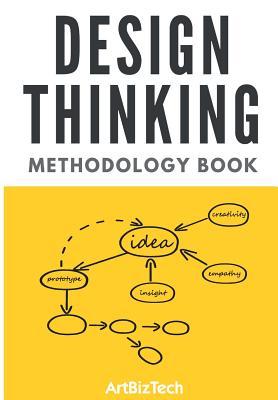- products;
- technologies;
- services;
- business models;
- marketing ideas;
- processes;
- spaces; and
- solutions for diverse business, social, and everyday challenges.
It includes easily applicable design thinking techniques, such as
- HMW questions,
- personas,
- mind mapping,
- empathy mapping,
- affinity diagram,
- value-proposition canvas,
- storyboard,
- cause-and-effect diagram,
- brainstorming,
- brain dumps,
- reverse brainstorming,
- benchmarking,
- journey map, and
- prototyping.
A real-life case study is used to introduce design thinking methodology and techniques in a more practical way to a broad range of practitioners, including
- project managers and IT specialists,
- innovation teams,
- marketing professionals and brand managers,
- product managers,
- designers,
- consultants,
- strategic planning experts,
- C-level executives, and architects.
The book explains how artful thinking perspectives can be applied to enhance design thinking skills, such as
- creativity,
- thinking out of the box,
- empathy,
- visual thinking,
- observation,
- asking the right questions, and
- pattern recognition.
It also describes how to apply design thinking and lean and agile methodologies together.
